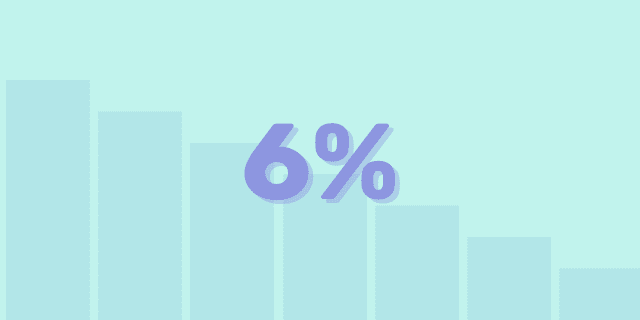That’s how much disposable income US households have saved recently—about half (or less) of what we saved during most of the pandemic—as rising inflation raises costs.
Consumers set aside 6.3% of their disposable income in February and 6.1% of their disposable income in January—a range lower than the country has seen for virtually all of the last decade, and a long way away from the double-digit saving rates seen During much of the pandemic, data from the Bureau of Economic analysis showed Thursday. Indeed, we’re a world apart from the one-third (33.8%) of income that people saved in April 2020 right after COVID-19 hit.
Where cash aid from the government and a lack of things to spend on during COVID-19 lockdowns once made many US consumers into super savers, inflation at the highest levels in decades is now doing the opposite, forcing them to spend a bigger share of their income on all those higher-priced items. Inflation and rising gas prices were among the top economic concerns US adults had in a Gallup poll taken in the first half of March, with 17% inflation citing as the biggest problem facing the country, up from 8% in January.
From a broader economic perspective, there are advantages and disadvantages to spending more and saving less. On the one hand, it may buttress overall economic growth if people spend money instead of saving it. On the other hand, when people are spending less, it highlights some of the pressure driving prices higher, economists at Wells Fargo said in a commentary.
Have a question, comment, or story to share? You can reach Diccon at [email protected].
Want to read more content like this? Sign up for The Balance’s newsletter for daily insights, analysis, and financial tips, all delivered straight to your inbox every morning!
